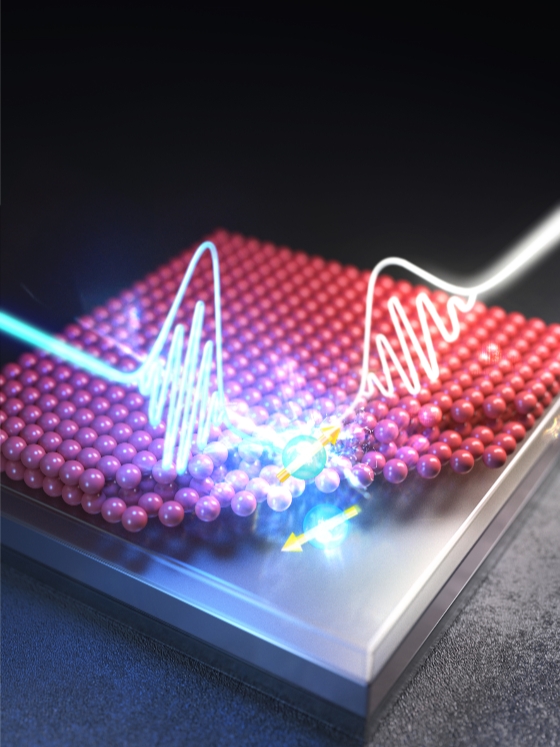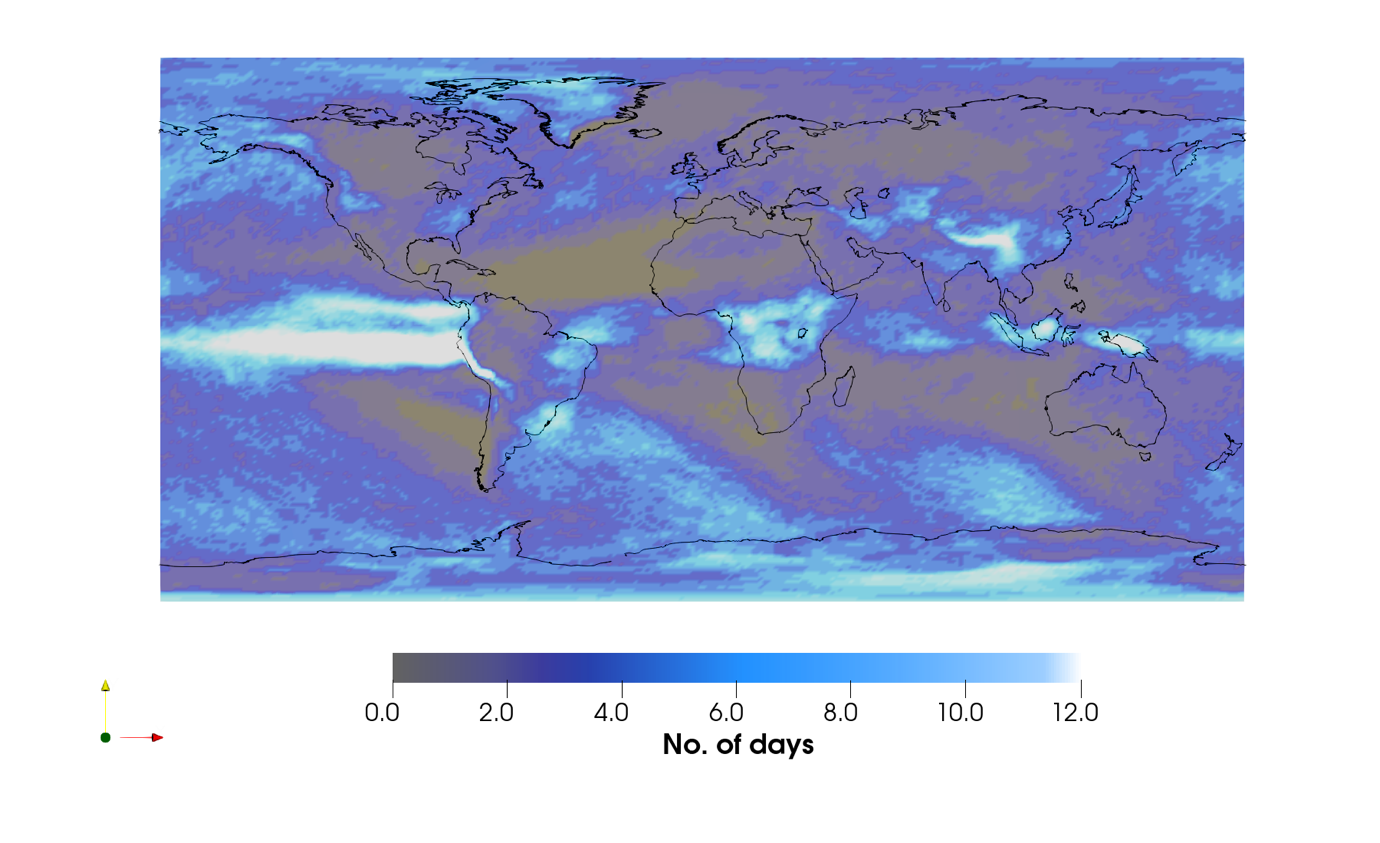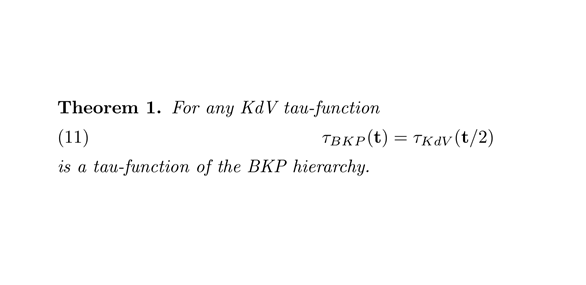IBSの研究グループが、遷移双極子モーメントを制御する基本原理を解明 IBS research group reveals the underlying principle for controlling the transition dipole moment
2022-01-10 大韓民国・基礎科学研究院(IBS)

Figure 1. Variations of transition dipole moment due to an image dipole interaction
<関連情報>
- https://www.ibs.re.kr/cop/bbs/BBSMSTR_000000000738/selectBoardArticle.do?nttId=20906&pageIndex=1&searchCnd=&searchWrd=
- https://onlinelibrary.wiley.com/doi/10.1002/adom.202102050
ナノコンポジット材料上のコロイドナノ結晶薄膜における遷移双極子モーメントの調整 Tailoring Transition Dipole Moment in Colloidal Nanocrystal Thin Film on Nanocomposite Materials
Abstract
Controlling the transition dipole moment is extremely important for various photophysical characteristics in semiconductors. Especially, suppression of Auger recombination in quantum dots (QDs) is essential for the development of novel applications, including bioimaging, lasing, and optoelectronic devices. To date, most of the studies on the Auger process are conducted on the basis of manipulating the material property such as wavefunction of electron and hole, energy band, and confinement potential. However, a new way of tuning the Auger process using nanocomposite materials is not reported. In this work, the biexciton Auger recombination (BAR) process in CdSe/CdS(1 ML) nanocrystal thin-film is successfully controlled by introducing nanocomposite materials. Performing pump intensity-dependent transient absorption experiments, a significant reduction (up to 30%) of BAR rate is observed in the presence of nanocomposite structures. This notable suppression effect is attributed to the modulation of the net transition dipole moment. These findings will provide further insight into the rational design of QDs combining with a nanostructure that efficiently suppresses Auger recombination rates.



